Content marketing is one of the best ways to grow your business.
I’m not just saying that.
I don’t believe it’s just a trend. It’s not a shiny new tactic or anything.
Content marketing has been around forever.
Some of the biggest brands in the world used it in their early days.
It helped them to break through the noise. It helped them get their first few customers.
And it even helped them transform into billion-dollar brands.
Don’t believe me?
I’m going to show you some of my favorite content marketing examples from the past few decades.
Then I’ll show you how each ‘template’ is also being used today.
You can still use many of the same lessons. They just need to be dusted off and updated.
1. What Nike can teach you about content marketing
Nike’s “Just Do It” is one of the most well-known taglines of all time.
It was originally created over 25 years ago. Yet it still pops up on almost every single ad the company runs.
It’s also the broad theme that guides all of their content.
Here’s how it became so popular.
Nike spent $300,000,000 on ads over a ten-year period.
What happened to their market share increase over that same time?
It went from $877 million to over $9.2 billion.
Not a bad ROI, right?
And Nike still uses the iconic phrase as often as it can. Here’s an example from just a few days ago.
“Just Do It” works because it’s simple. It’s easy to remember and share.
Utter those three words, and every single person within hearing range knows what you’re referencing.
However, it’s also not very original.
That’s nothing against Nike! I’m wearing a few of their products right now.
What I mean is that we’ve seen a tagline just like it before.
Not recently. You have to go back a few decades to find it.
You’re not exactly sure why you know that iconic image. But you know it.
This ad originally dates back to World War II.
It was a rallying cry to bring women into the workplace.
Men went off to fight the war in different parts of the world. They were leaving their jobs behind.
That mass exodus threatened to shut down companies and grind the U.S. economy to a halt.
The U.S. government actually sponsored this ad idea in response.
They wanted to make sure that our factories, schools, and post offices still ran as normal.
This “Women in War Jobs” campaign remains one of the most successful campaigns of all time.
And the “We Can Do It!” tagline sounds eerily similar to Nike’s “Just Do It,” which came a few decades later.
Artist Norman Rockwell painted another version of this character for the Saturday Evening Post to grab attention.
This muscular woman working with some kind of rustic machine stood out in those days.
That’s why this ad and cover immediately grabbed attention.
See?
“Content marketing” might get a lot of attention right now. However, it’s been used for decades.
The trick is that content marketing doesn’t sell products.
It sells ideas and movements.
The product or service becomes the ultimate solution at the end.
You don’t want to steal content. That’s obviously a bad way to start a marketing campaign.
Instead, you want to borrow the themes that are proven to work. Reshape them to fit your own campaign. That’s called innovation.
There’s no sense reinventing the wheel, right? Innovation is different. You’re building upon ideas that already exist.
The best content marketing today leverages the classic principles.
Start with copywriting strategies that can skyrocket results.
2. How storytelling keeps people glued to your content
Long-form blog posts bring in the most traffic.
If you are going to create content, it might as well be long.
But there’s a problem with long posts.
Not everybody recognizes it at first.
It’s hard to keep content interesting when it stretches out over thousands of words.
Think about it.
You might have to spend an hour reading something that long.
How do you keep readers interested for all that time?
Storytelling is the solution.
If you’ve been to a conference recently, you were probably overwhelmed by all the awesome content.
All of those speeches, often given back to back, make it tough to remember each one.
There are probably a few, though, that stick out.
You’re not exactly sure why. Maybe there were a few tips or tricks that stuck in your memory.
Those speeches probably also involved storytelling to some degree.
You may not have even realized it at the time.
However, stories make it easy for us to remember facts. Our brains are literally hardwired for them.
That’s exactly how you get people to pay attention when they’re reading long blog posts, too.
Storytelling is one of the best writing tactics to instantly improve your content results.
Copywriters have known this for a long time. They’ve been using storytelling to get consumers to buy products since well before the Internet appeared on the scene.
Here’s a perfect example from Pepsi-Cola in the ‘40s.
There is a bottle of Pepsi-Cola on the ad.
However, the ad is talking about how much celebrities love to drink it.
Basically, the ad is saying that if celebrities and millions of other people like it, you will too.
They mention the “catchy flavor” once. But there’s no other mention of the product’s other features or benefits.
That same lesson can apply to the ads you run today.
Don’t lead with the product.
Tell a story about what makes the product useful. Or why others should give it a try.
This Marketo example below does something similar.
It presents the “challenge” with a solution to fix it.
However, there’s no mention of their tool or product just yet. That will come later.
First, they simply want to capture your attention.
Storytelling is like the bridge that gets you to click “Download.”
3. Zero in on the problem before providing the solution
What is the difference between companies that convert over 10% of their traffic and those that barely convert 2%?
The answer lies in the offer they’re giving people.
And that offer isn’t just a “free consultation.”
Instead, it’s something that focuses on a customer’s specific problem.
Here’s a perfect example from HubSpot.
The key here is that this tool will first help you identify the scope of your problem.
That’s significant.
People don’t always know they have a problem. If they do know, they’re not sure how bad it is.
This tool will show them.
That creates an opening for HubSpot to bring up the solution when it’s relevant.
The “problem, agitate, solution” (PAS) formula has once again been used for decades.
Even longer, actually.
Here’s an example from as far back as 1905:
Notice that the copywriter didn’t lead with the product or service.
Instead, he or she focused on how much money the reader should be making.
The headline leads with a big, bold claim of $25.00 per week. That was a lot of money back then!
The subtitle says, “If You Earn Less, I Can Double Your Salary or Income.”
Now you’ve got readers’ attention!
We haven’t even discovered how they’re going to do that. There’s no mention of the product or service that will increase your income.
The only thing that’s covered so far is the problem that readers might have.
If you do, in fact, recognize that issue, you’ll keep reading long enough to find the solution.
Here’s another current example of a KlientBoost article headline:
It launched about 100 years after the previous example. Still, it uses an almost identical formula to grab consumers’ attention.
You start by pointing out the problems and mistakes. Then, only when someone realizes the trouble they’re in, you try to solve it.
Landing pages are essential for converting traffic into sales.
Finding out that there are “31 ways” they might be “bleeding money” is shocking! No one can afford a problem like that.
You almost have to click and read to make sure you’re not guilty of those issues.
Here’s another, wordier, example that shows you how skilled copywriters often transition from one step to the next.
The entire first paragraph explains the problem.
The second paragraph mentions a few of the pain points or symptoms the reader might be feeling. These get the reader to say, “Yes, that sounds familiar.”
Once the pain points have been exposed and the problem gets uncovered, the writer delivers the solution.
That example actually dates back a few decades.
And yet, here’s Ramit Sethi repeating the formula just recently on one of his landing pages.
Once again, the problem points out the issue that causes the reader pain.
It leaves you feeling “frustrated,” “embarrassed,” and sometimes even “paralyzed by the fear of being stuck.”
The solution now comes in the form of a simple video. All you have to do is watch it.
The information it contains will instantly start providing relief.
This is how the masters do it. They follow an age-old formula that guides consumers toward a purchase.
I have one last trick to reveal.
You might be thinking that all of this sounds great in reality, but wonder whether it’ll ever work for you.
For example, maybe you have a complex product or service.
It might be expensive. And it might take awhile for someone to recognize the value behind it.
You might not be able to convert users from a Facebook Ad.
I beg to differ.
A “tripwire” offer is a critical part of any sales funnel.
Here’s a perfect example from InstaFame. They’re offering a 30-day trial of their service for only $1.
That sounds like a great deal, right?
The same thing will usually set you back much more. But they’re willing to give you a ‘sneak peek’ to make sure you like it.
I mean, why wouldn’t you at least test it out if you only have to part with one dollar?
Once again, this isn’t new. The same approach has been around for years.
Take a look at this ad from the 1950s. It advertises seven inflatable dinosaurs for a single dollar.
The entire goal is to get you to commit. They need to see the difference between a real lead and a fake one.
It separates the buyers from the testers. That way, they know who to focus on first.
Now you can see the power here.
I have another piece of good news for you, though.
The best part about many of these tactics is that you don’t need to do any of the work.
Here’s why.
5. Partner with spokespeople and influencers to do your work
Celebrity endorsements have been around forever.
Famous television shows, such as soaps like “As the World Turns,” weren’t hatched in a Hollywood studio.
In the case of “As the World Turns,” Procter & Gamble created it!
They literally invented the soap opera genre as a way to reach housewives at home.
Since then, brands have been regularly partnering with celebrities for exposure and trust.
Do you remember those Microsoft and Seinfeld ads?
Nike, unsurprisingly, has been a leader in this trend.
The company has partnered with athletes for decades. Michael Jordan still has his name on a Nike product line.
This strategy hasn’t changed one bit over the years.
It’s just evolved with access to new niche celebrities.
These aren’t the mainstream celebrities you see on television.
But they’re every bit as powerful for small groups of people.
During the Olympics a few years ago, sports nutrition company Previnex partnered with volleyball player Kristin Hildebrand on an Instagram Takeover.
She acted as a spokesperson for the brand during the Rio games.
People probably wouldn’t have cared about a sports nutrition company during this event. However, this partnership gave Previnex a charismatic spokesperson to keep people paying attention.
Go look at Red Bull’s Instagram right now for another example. Here’s what you’ll see.
You see a ton of extreme sports here.
What don’t you see? A single can of Red Bull!
Red Bull uses spokespeople like Bailey Payne to accomplish the first few steps from this article.
These interesting people grab attention for Red Bull. They keep followers engaged.
That gives Red Bull enough time to subtly position its product.
Nordstrom is also blurring the lines between spokesperson and brand.
It’s partnered with LA fashion blogger Sincerely Jules to carry her line of products.
But they even go so far as to feature her on the Nordstrom site, too.
That gives Nordstrom an excellent chance of converting any of her 4.6 million Instagram followers.
Julie will even post on Nordstrom’s behalf, driving that massive group of engaged followers over to Nordstrom’s sale.
Today, Facebook has opened the door for these official partnerships.
The new Branded Content feature allows influencers and brands to literally work hand in hand.
Then, when an influencer posts, the brand’s name will also be clearly mentioned.
This branded content feature is structured as a new Facebook Ad type.
That’s actually a good thing, believe it or not. Here’s why.
Influencer partnerships like this can be hard to track.
For example, the influencers aren’t exactly sure of what you want. They might not know the types of posts you’re looking for.
Plus, influencers’ main purpose is to attract attention. But how do you track “attention”?
It’s not always clear-cut. You might feel let down by the results.
Using this new Facebook Ad type gives you transparent information. It tells both you and the influencer exactly how much engagement each post has generated.
So there’s no guessing for either party.
I have one last spokesperson tip for you.
Influencers can give you access to their massive audiences. The increased awareness can lead to new traffic and sales.
However, there’s one other benefit to working with spokespeople.
People trust recommendations from other people over brands.
Influencers can also provide extra credibility for your company. Seeing familiar faces on your site can increase trust and sales.
Working with spokespeople to put up new social content is a good idea.
But even more importantly, it gets them to vouch for you on your website.
You saw the extreme Nordstrom example a few paragraphs ago. It featured Julie’s clothing line and her images on the site.
However, don’t forget to get simple testimonials, too.
The best testimonials overcome objections.
Real people share their experience with your company. It reassures the reader that you’re legit.
That’s all the more powerful when the testimonial comes from a well-known niche celebrity.
Conclusion
Content marketing is all the rage today.
It seems like you can’t read a single blog post online without seeing something about it.
The funny thing is that content marketing isn’t a “new thing.”
It’s been around for decades. Some of the most well-known companies have used it to grow their brands.
On the other hand, it’s longevity means that content marketing does work.
It’s not just a buzzword or trend. It’s also a legitimate strategy to grow your business.
Content marketing can be used to grab attention. You can use storytelling to develop interest.
You can even use copywriting formulas to position your product as a solution.
Best of all, content marketing doesn’t have to be another task added to your schedule.
Doing it well does take a lot of time and energy.
Influencers can thankfully take the burden off of you.
You can get all of the benefits without putting in any of the work. That sounds like a win-win to me!
What’s your favorite old content marketing example that could still work today?



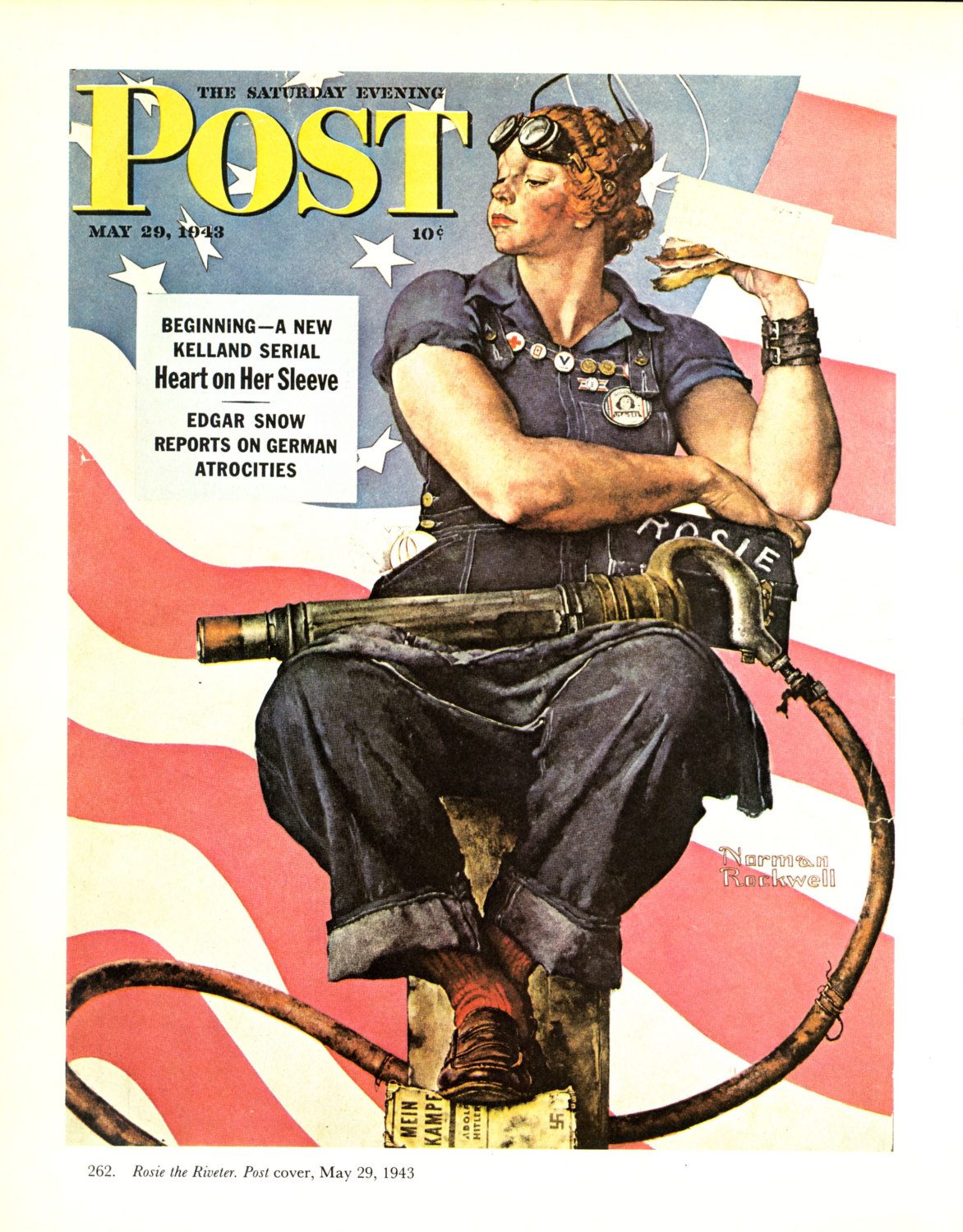
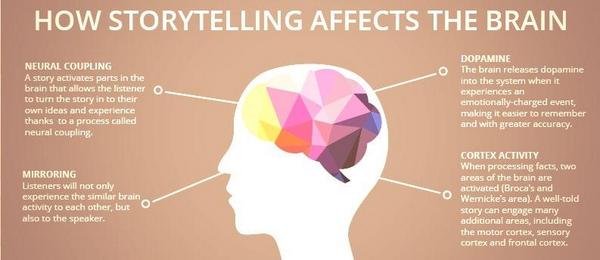
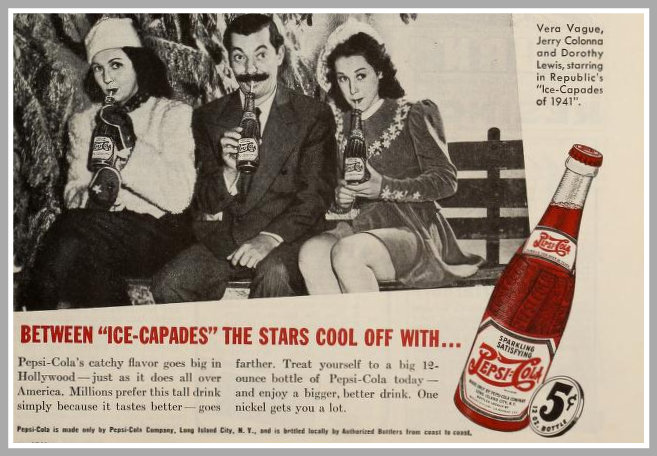
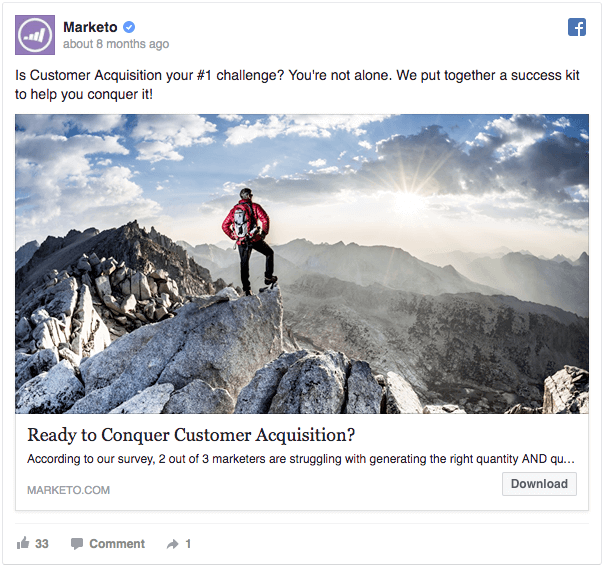
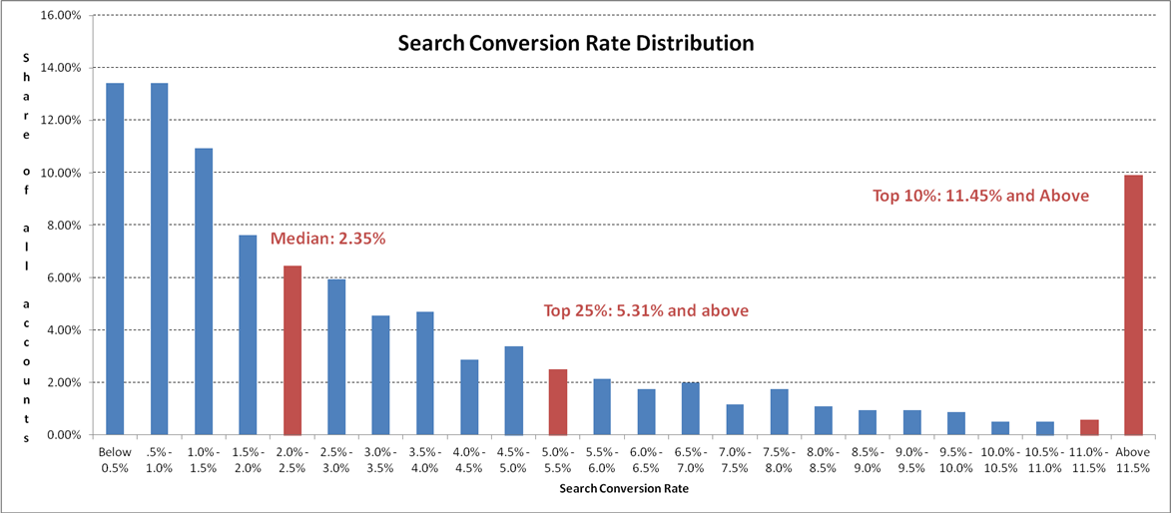
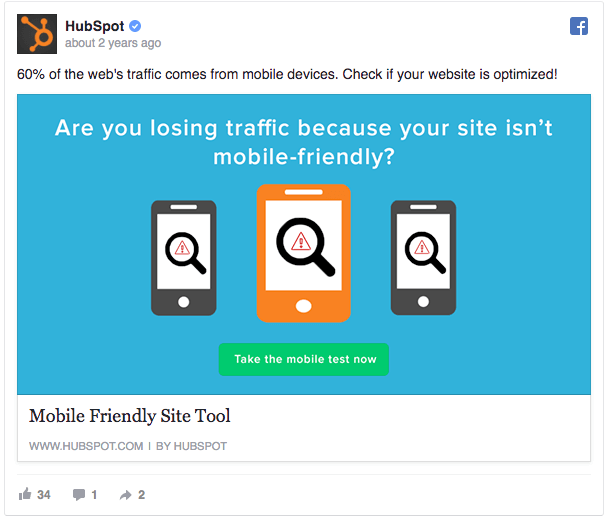



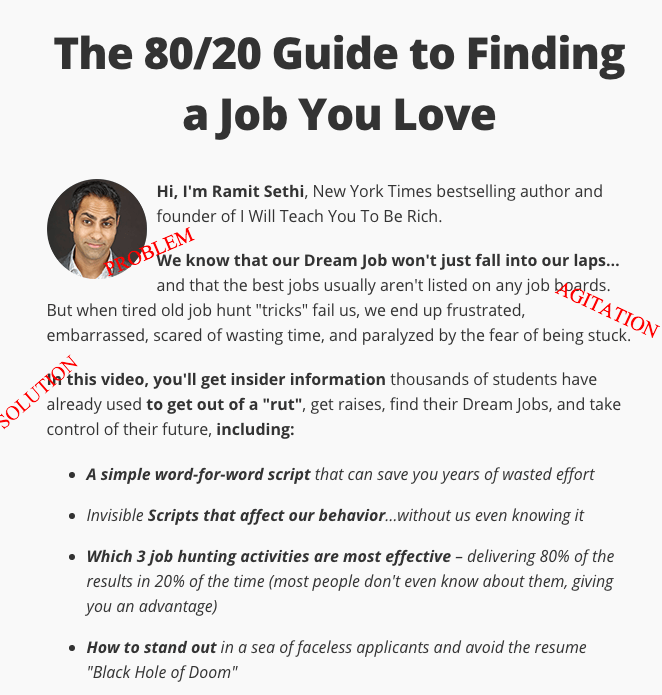

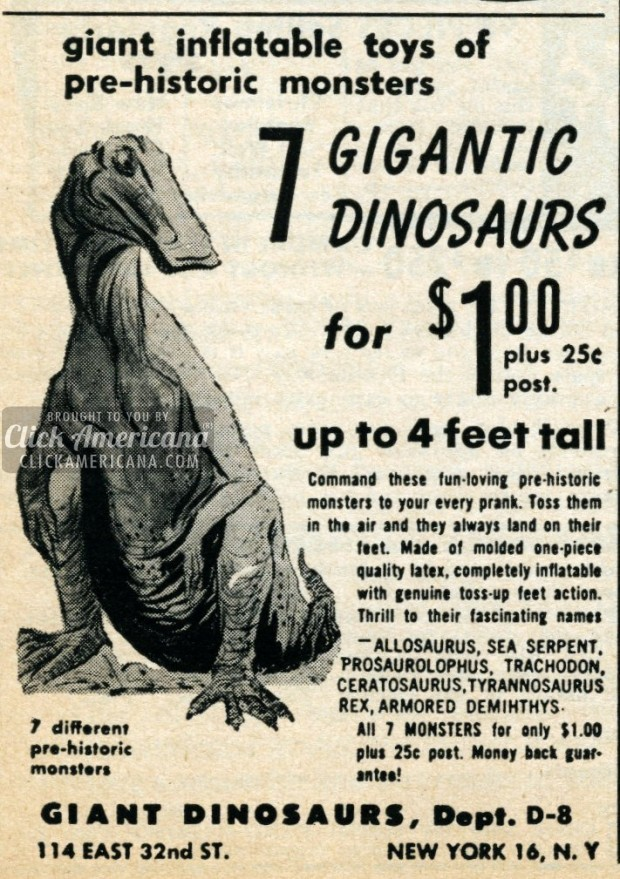

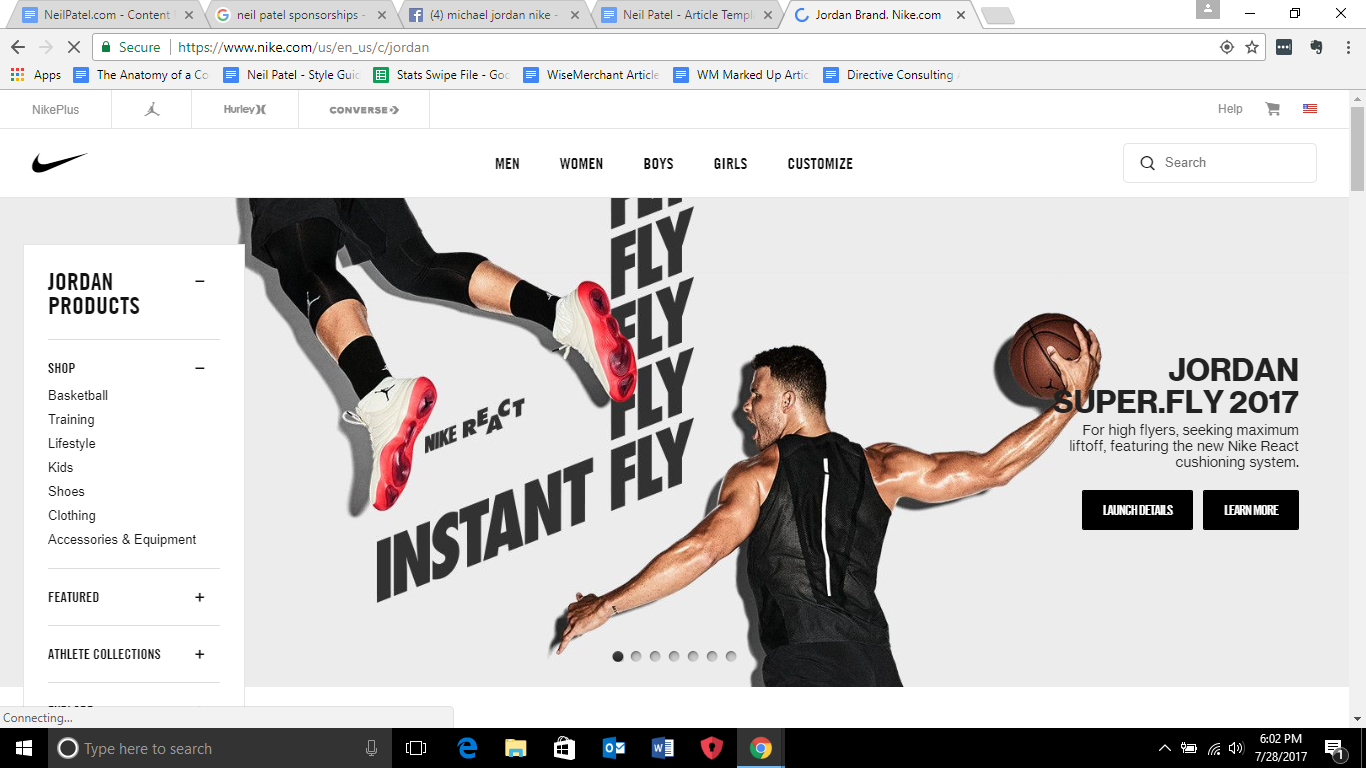
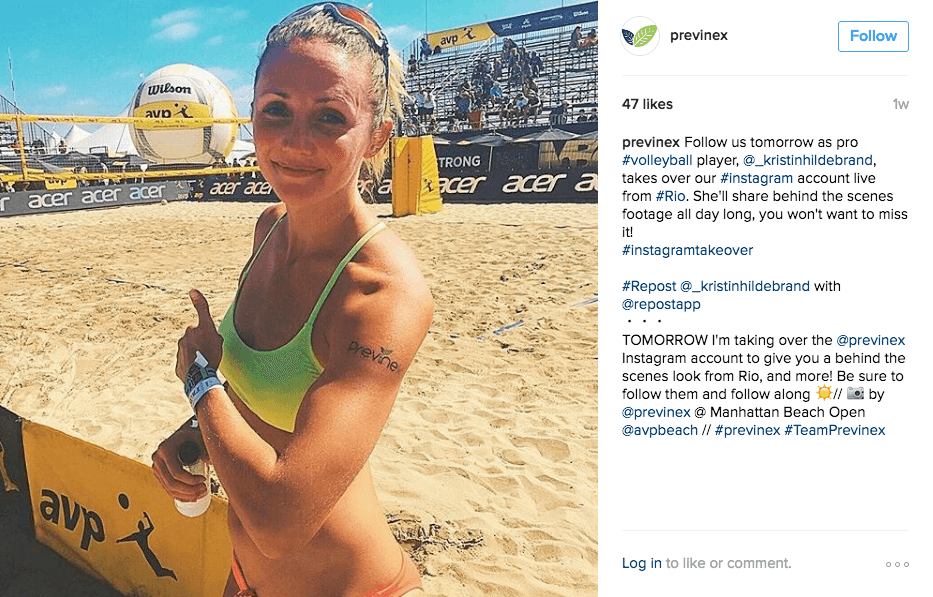






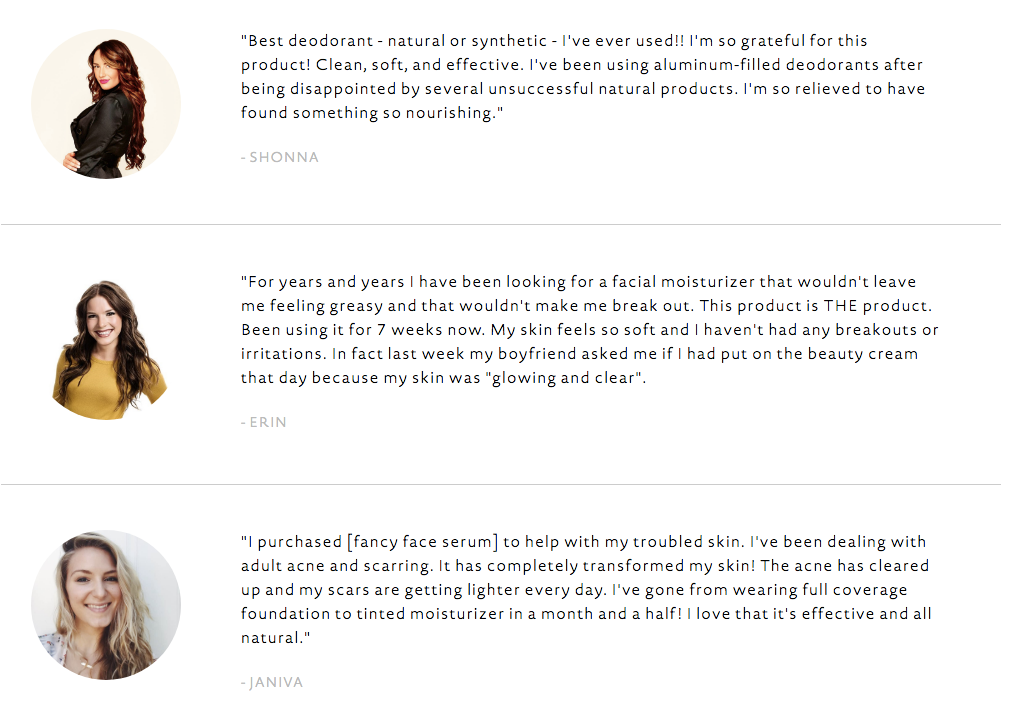
Comments (0)